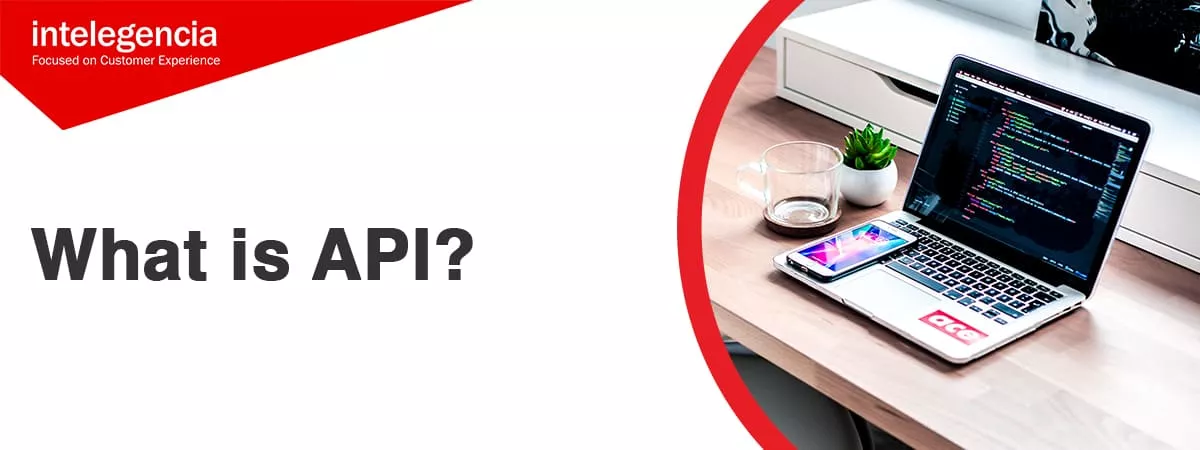What is API: Types, Uses and Examples
 Jerick Baluyot
October 27, 2021
Jerick Baluyot
October 27, 2021
If you have kept up with the technology world for a long time, you have probably heard of the term API. API, or Application Programming Interface, is described as a software interface that offers a service to other software. APIs gives applications the ability to access data and interact with other software and operating systems.
A great example of this is your typical eCommerce platforms and their “Add to Cart” features. Whenever you press the “Add to Cart” or “Buy” button, an API tells the platform that the user (you) wants to buy a product. Then, the platform puts the product into your cart.
Examples of API
All of us have interacted with APIs one way or another. In fact, many public APIs are used by some of the most powerful organizations in the world – Google has its own API, and so does Facebook. APIs are so important for these companies that their products will not function properly without an API in the background.
For instance, Google has Google APIs, which gives you access to all Google services, from search, to Maps, and even Translate. Meanwhile, Facebook APIs give you access to the social media giant’s marketing tools.
Types of API
In a nutshell, there are four types of API that we as users generally interact with. These are:
- Open (or Public) APIs
Open APIs are available for everyone on the internet, and we can use them as such.
- Private APIs
Similar in function with Open APIs, but are not for public use and are used by organizations internally.
- Partner APIs
These are APIs that are generally designed and used by organizations to provide business partners access to various functionalities.
- Composite APIs
These combine data and service APIs, speeding up implementation of various processes.
Uses of API
API as a concept has been present in the computer programming circle for years. In the past, APIs were used to enable interaction between codes within the same machine. Today, public APIs are more prevalent, and are now accessible via the internet. This allows for API integration, a process that allows users to create code that interacts with codes from a vendor or another user online.
However, do not think that only technology-based companies use APIs for their businesses. As a matter of fact, other types of organizations, such as governments, banks, and even some private individuals, utilize APIs as an integral tool to further their goals.
This is a basic explanation of APIs and the functionalities they bring to the table. If you want us to discuss this topic even further, let us know and perhaps we could create another article in the future!
Jerick Baluyot is a Marketing Head at Intelegencia. When he is not working, he Loves Creative writing, photography
Comment(s)
_BlogComment.Message
